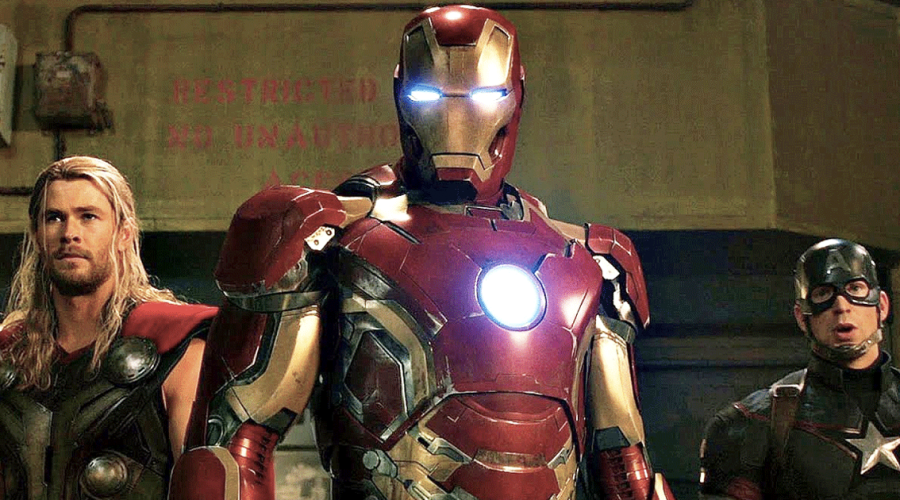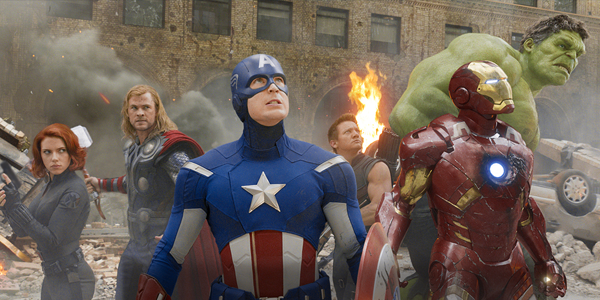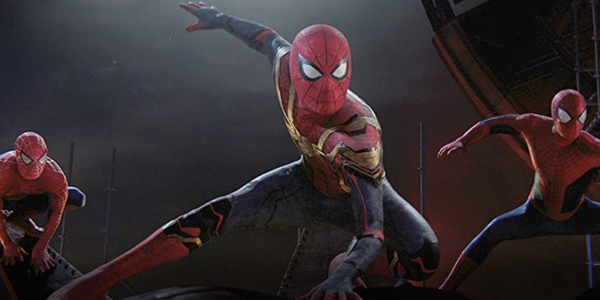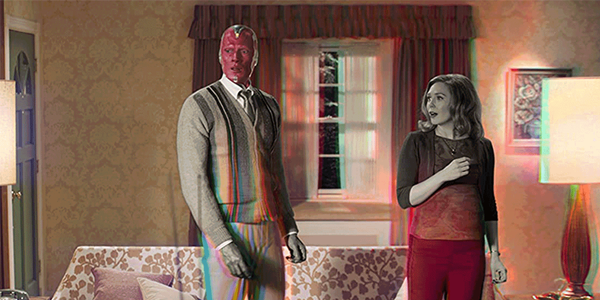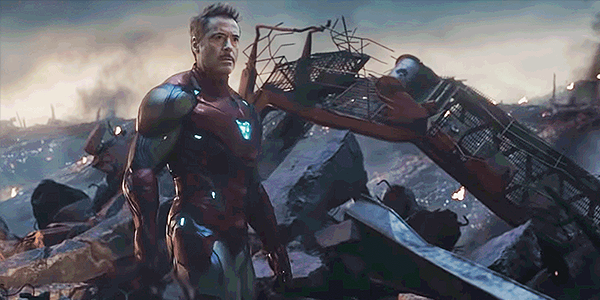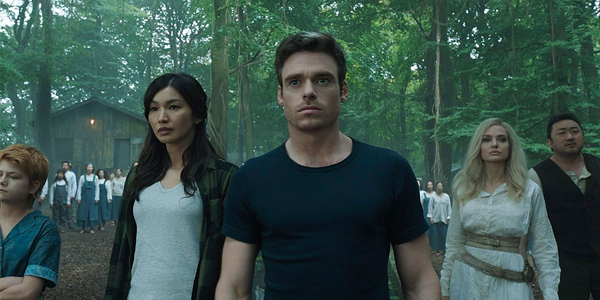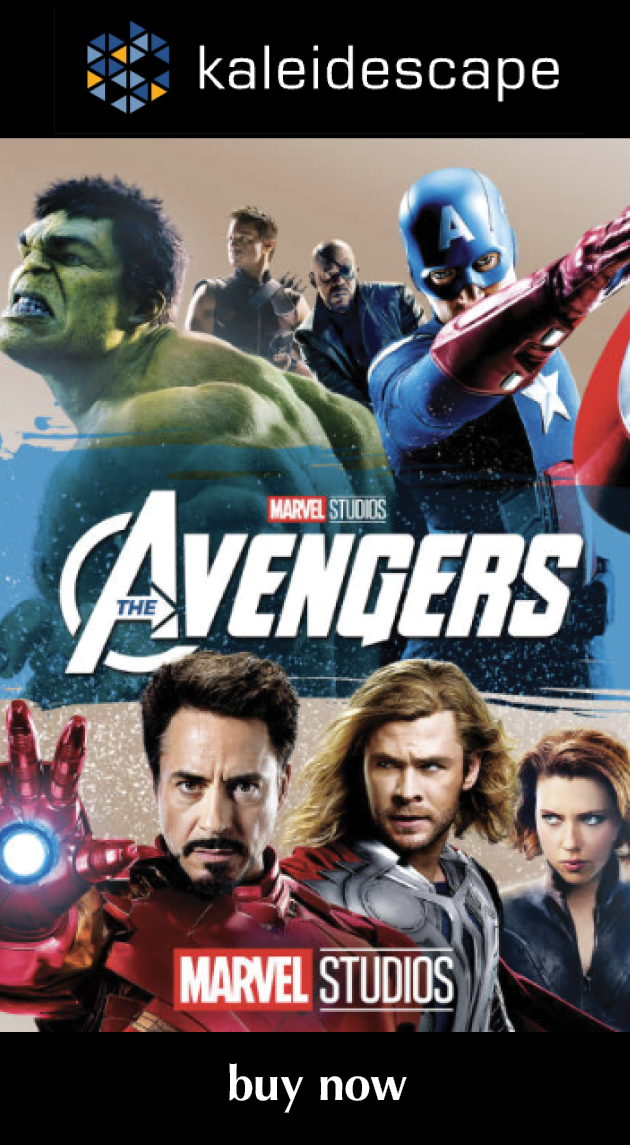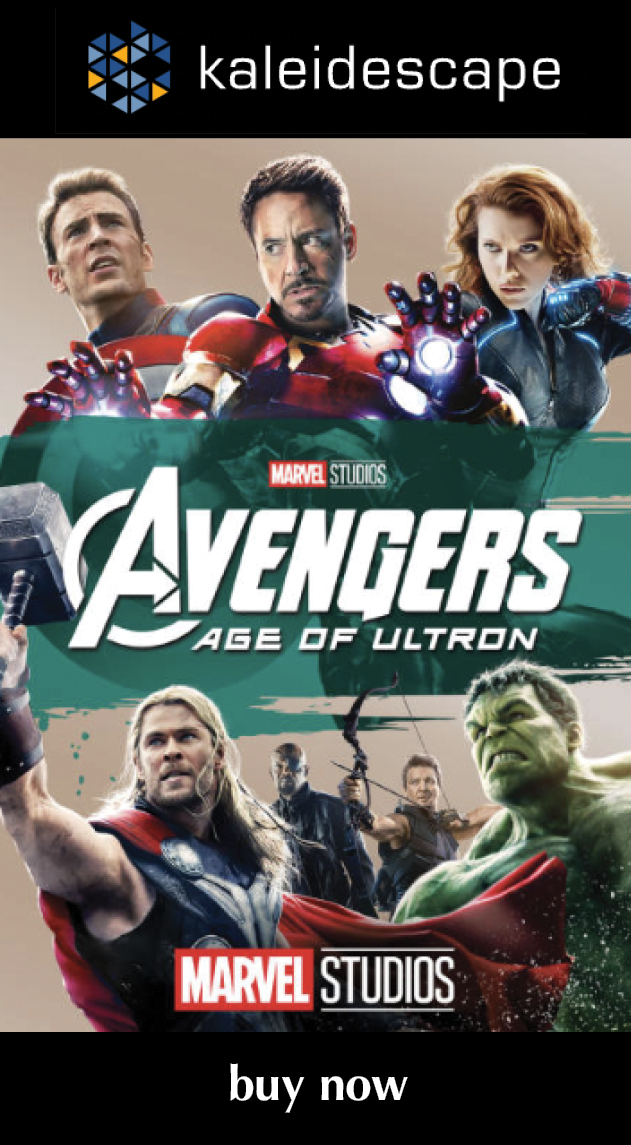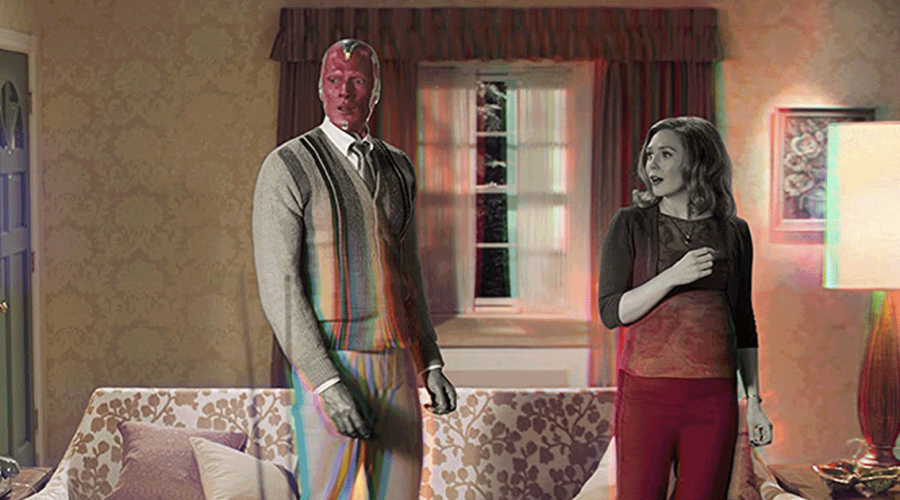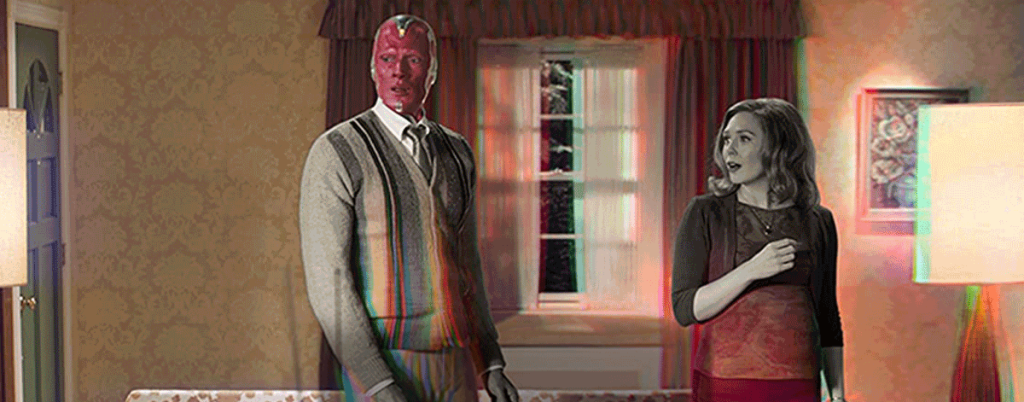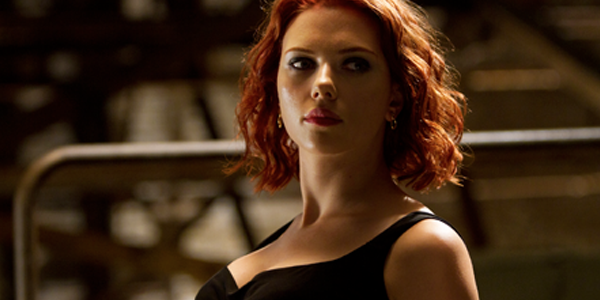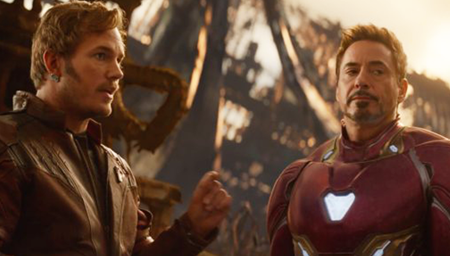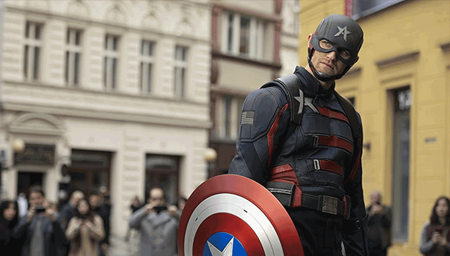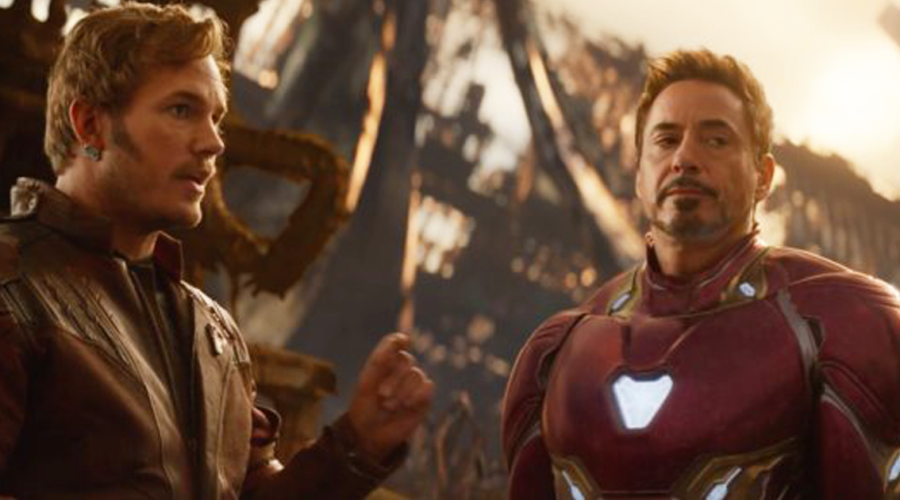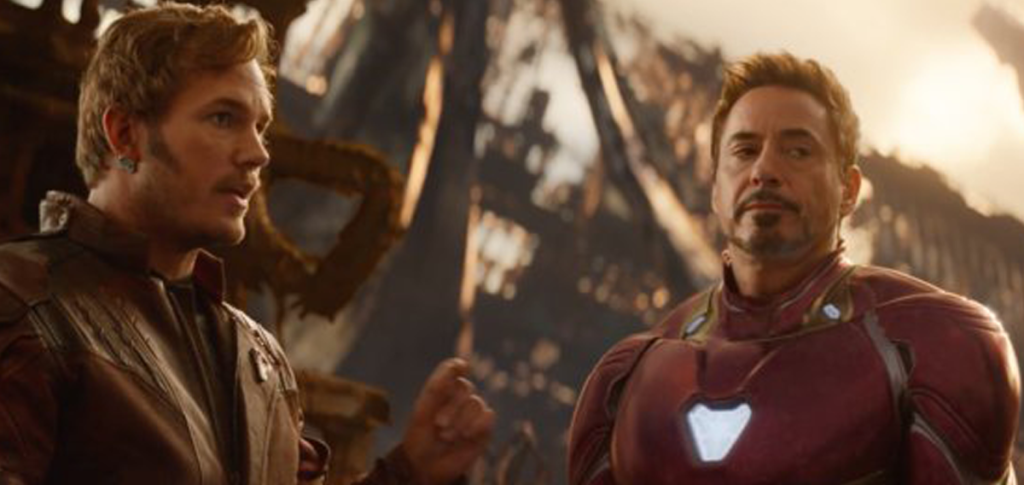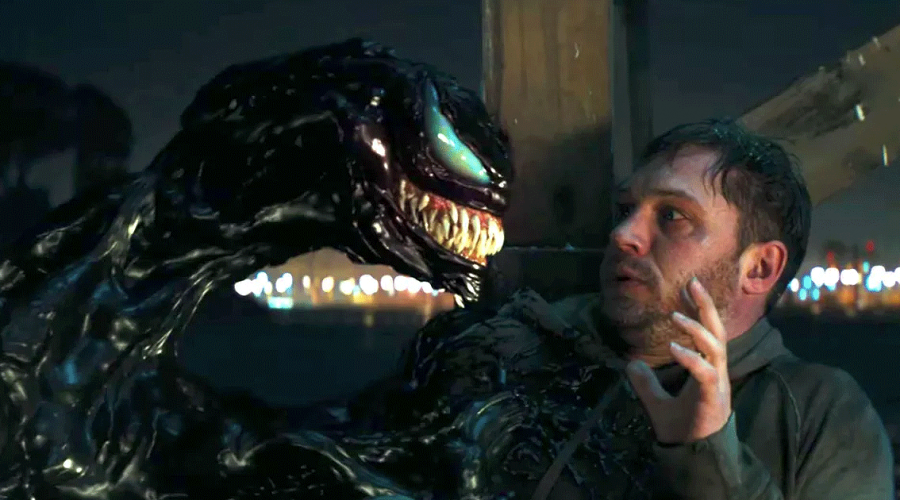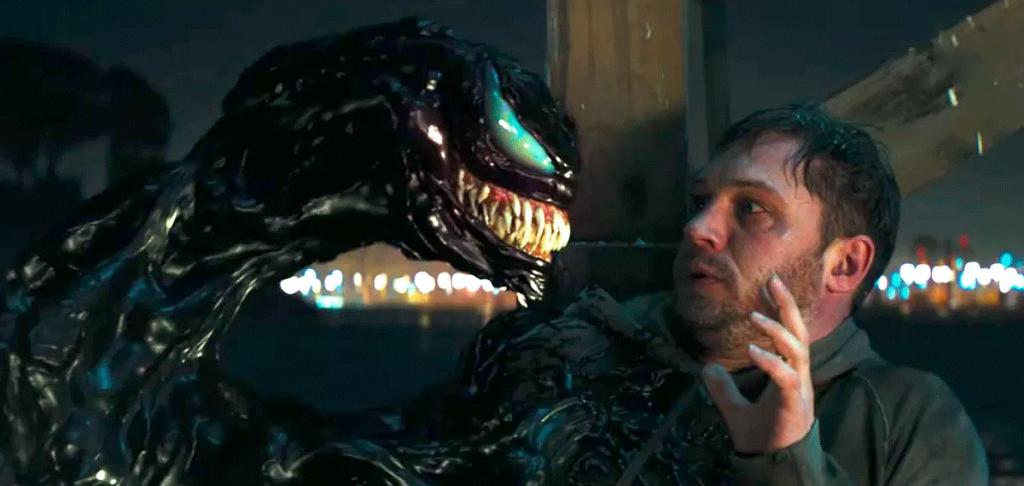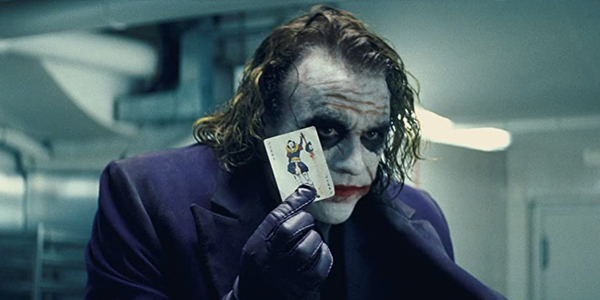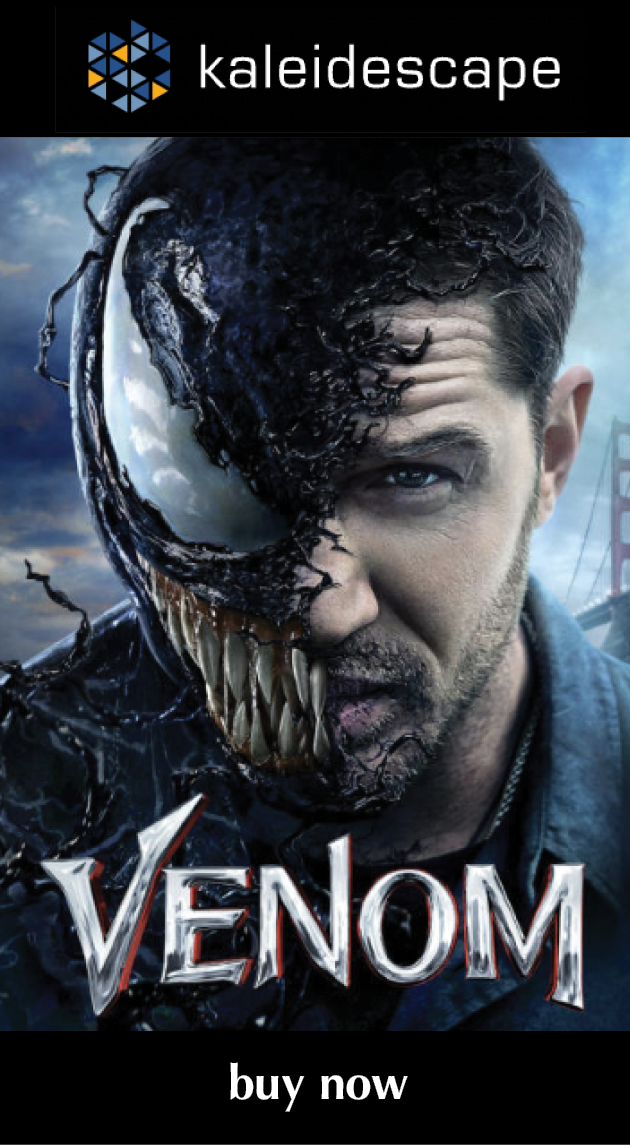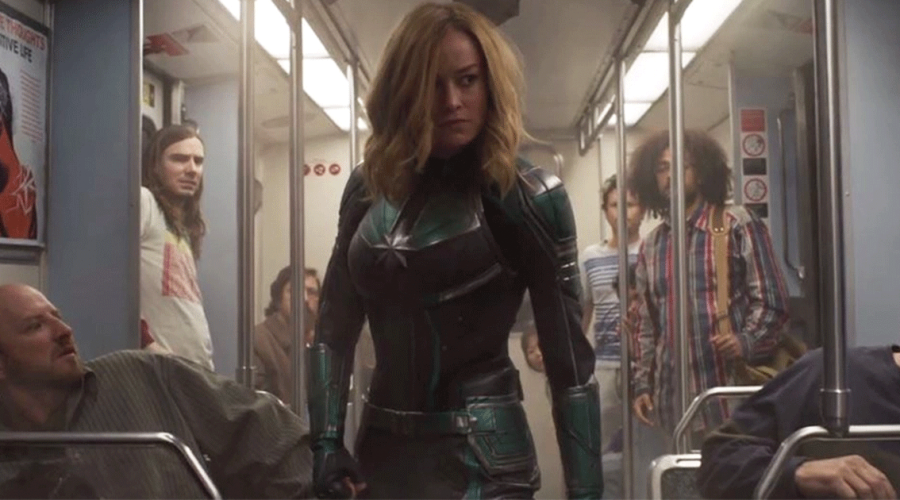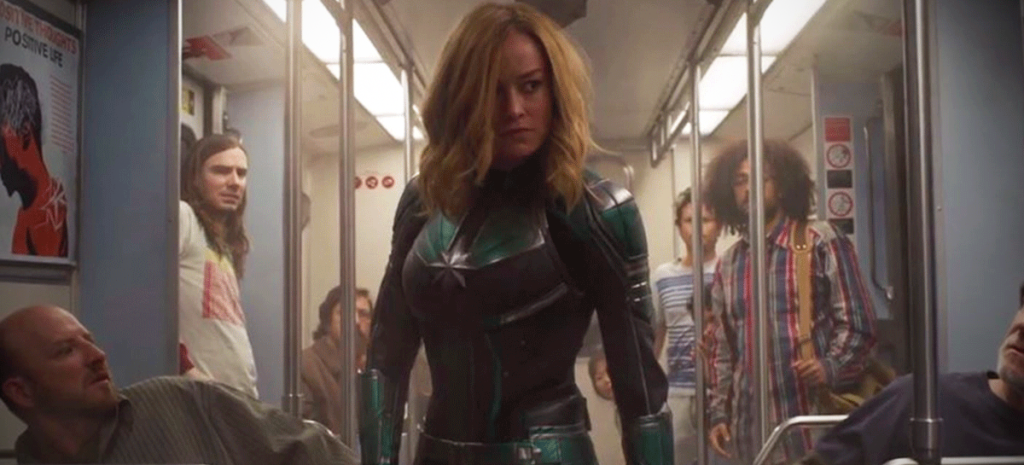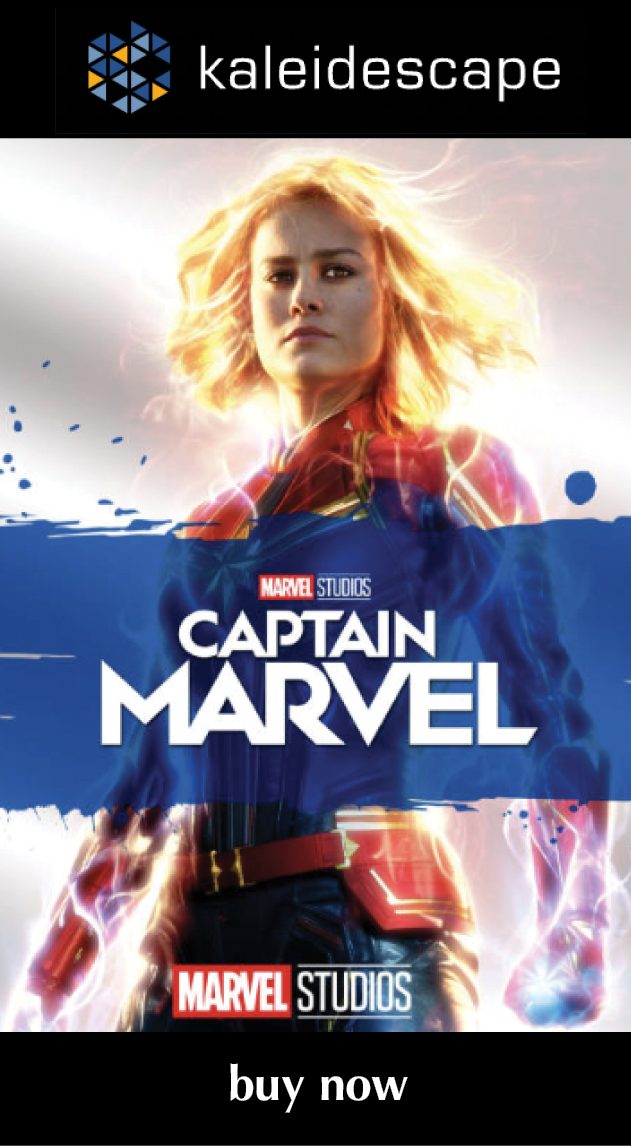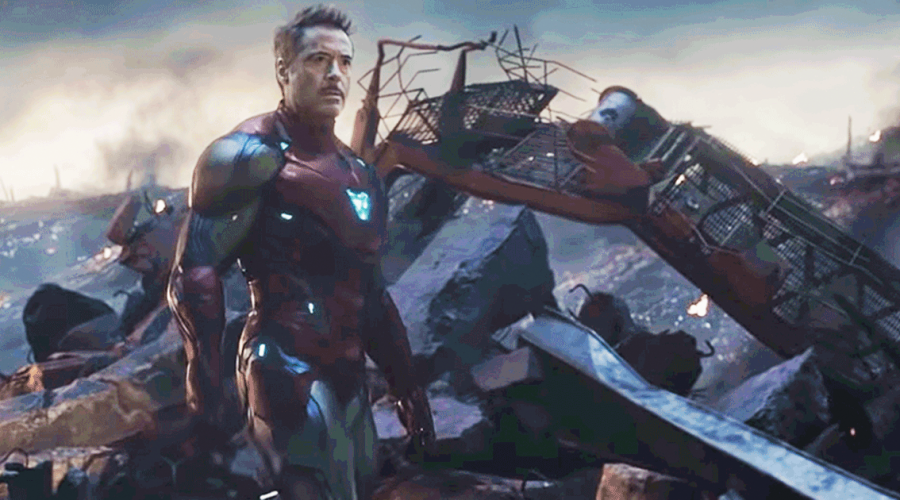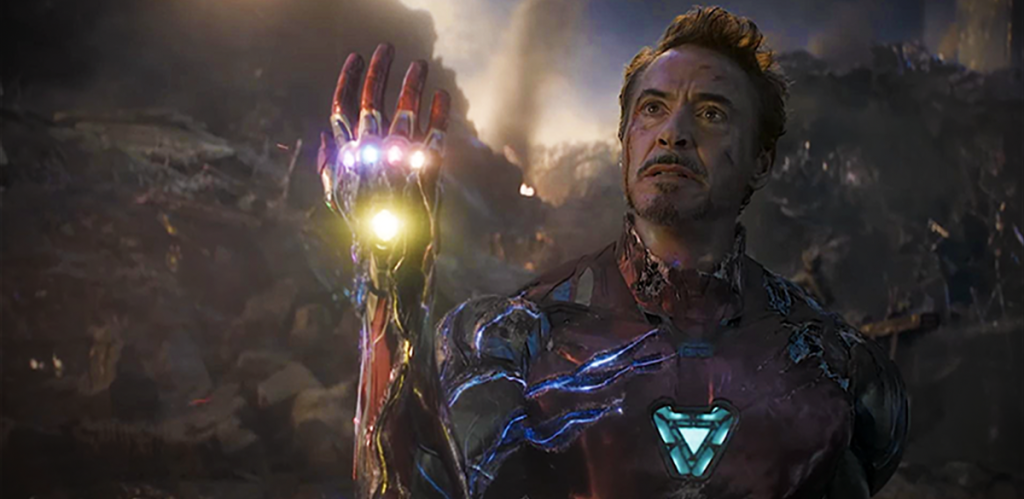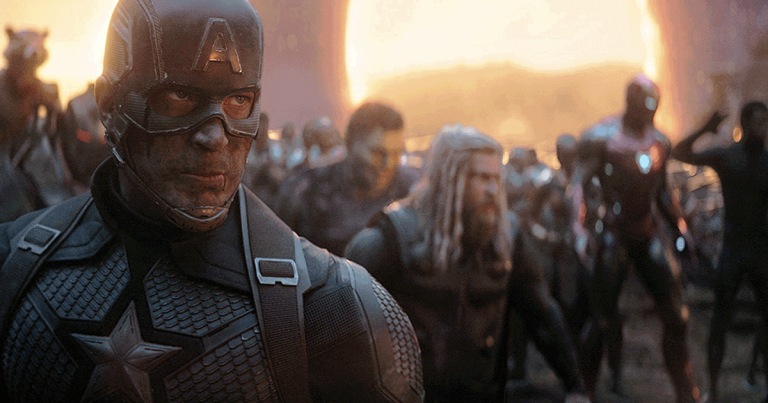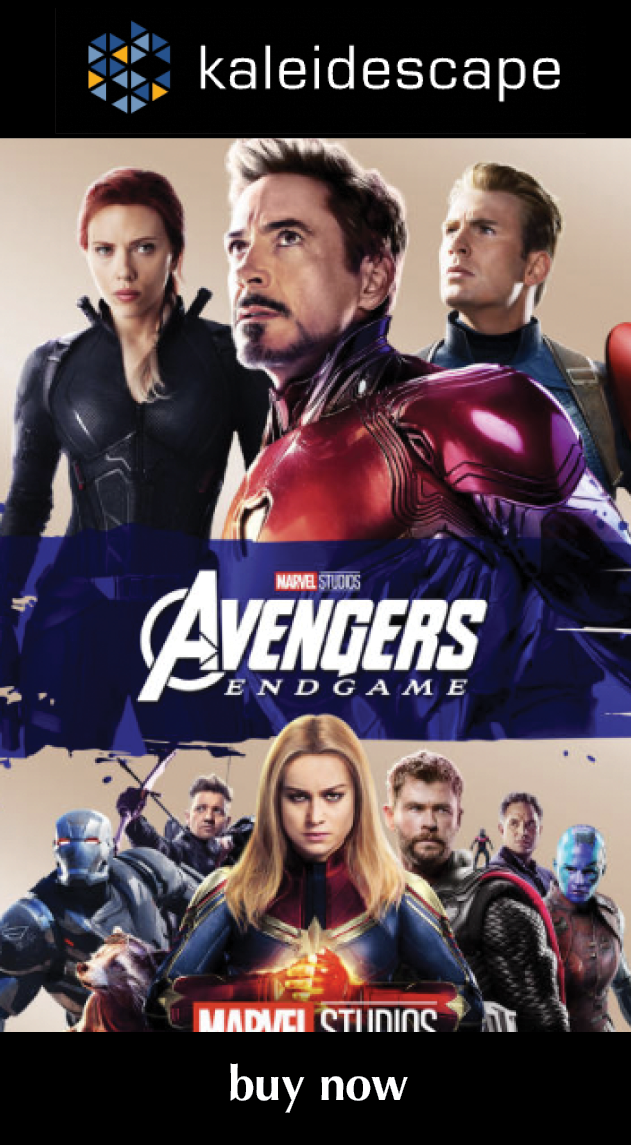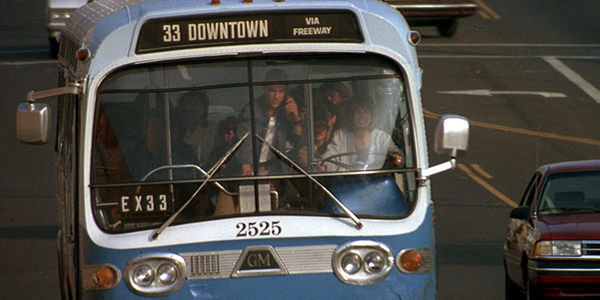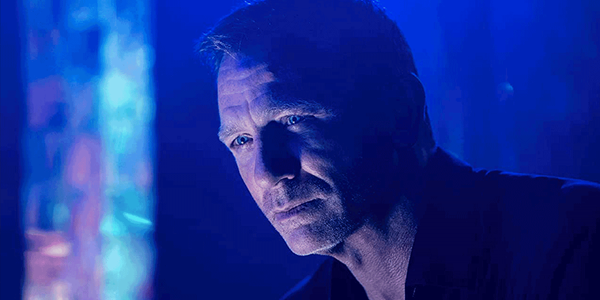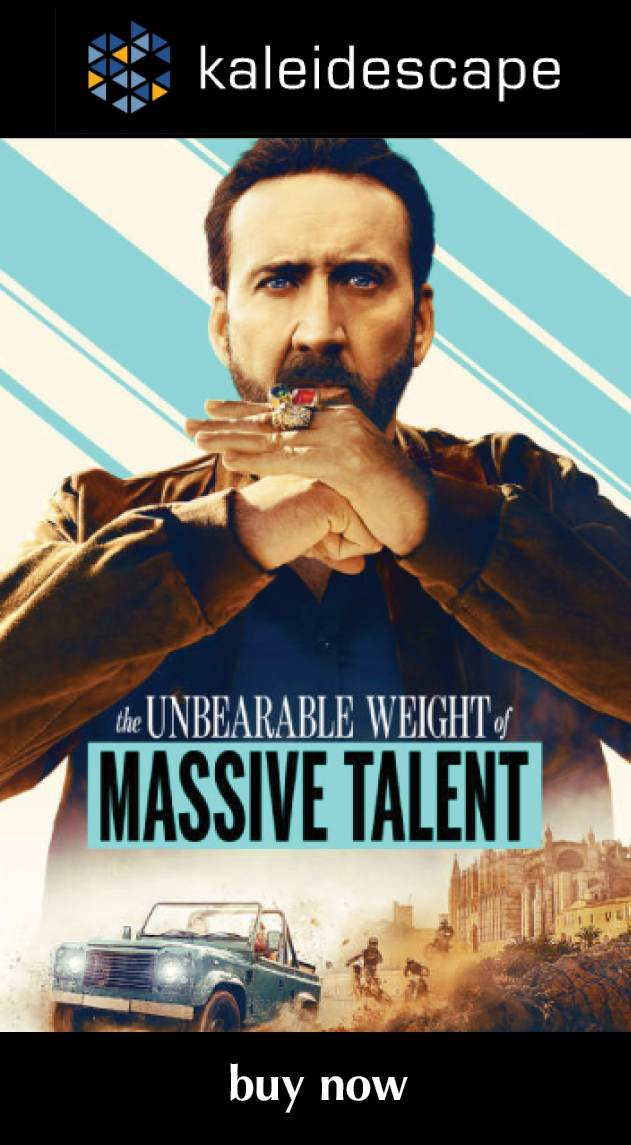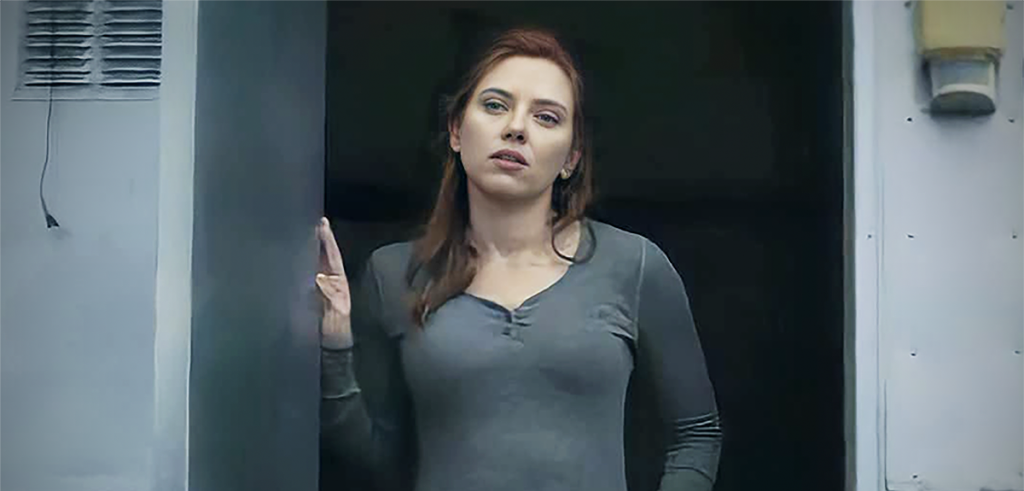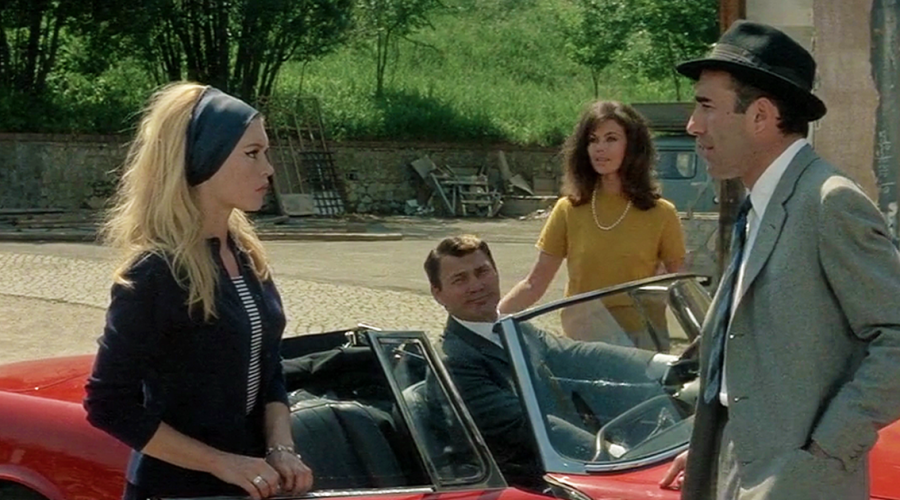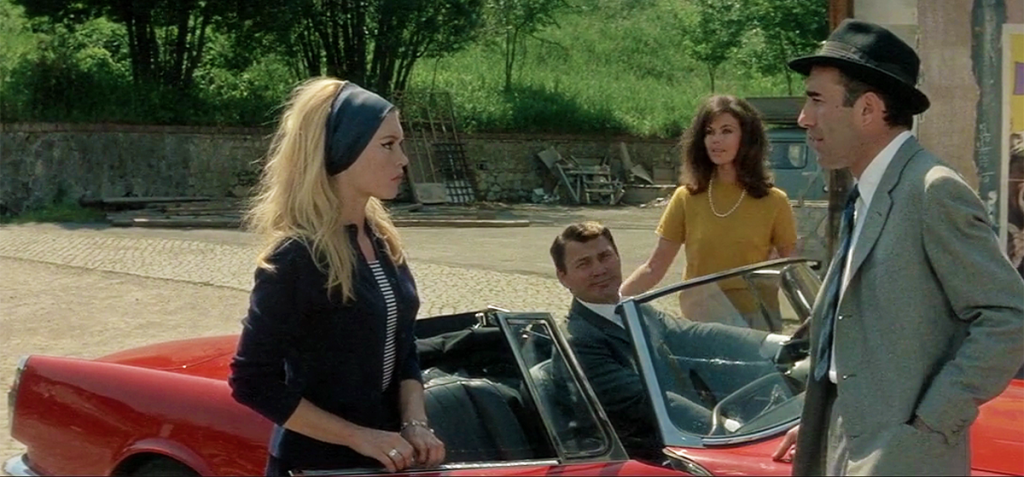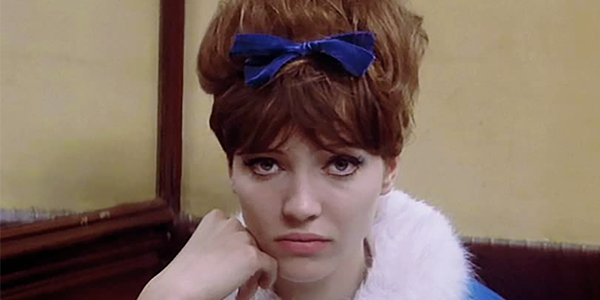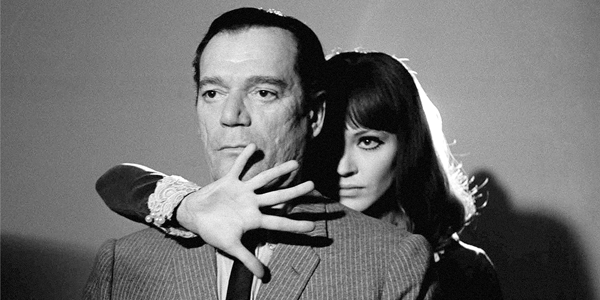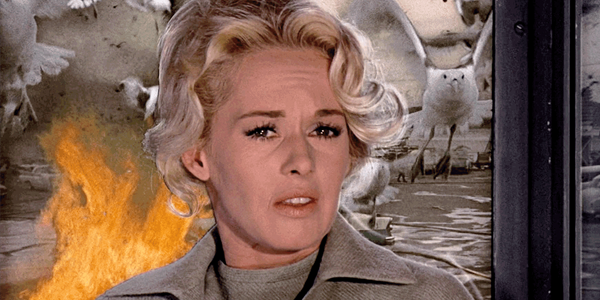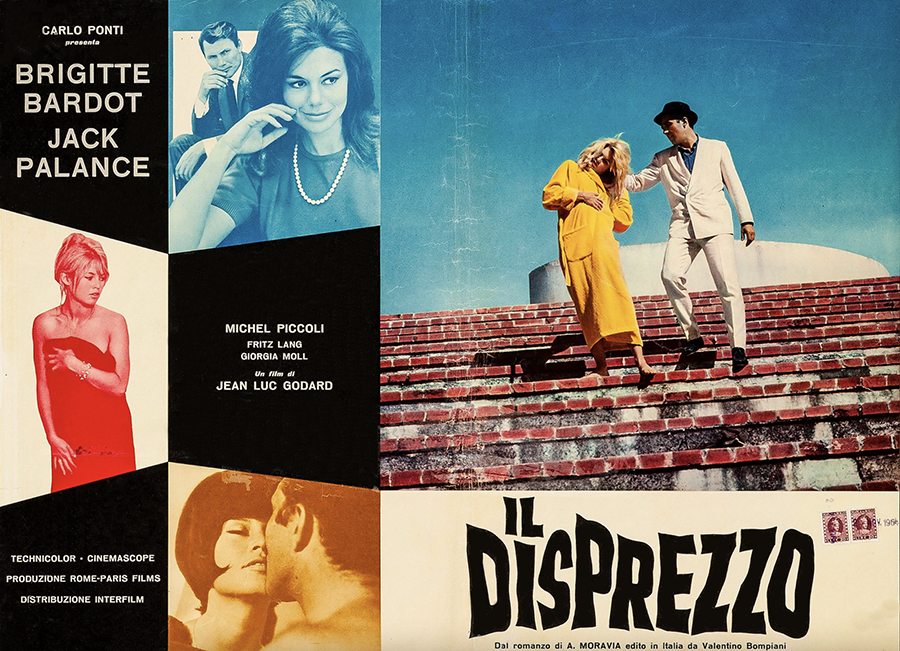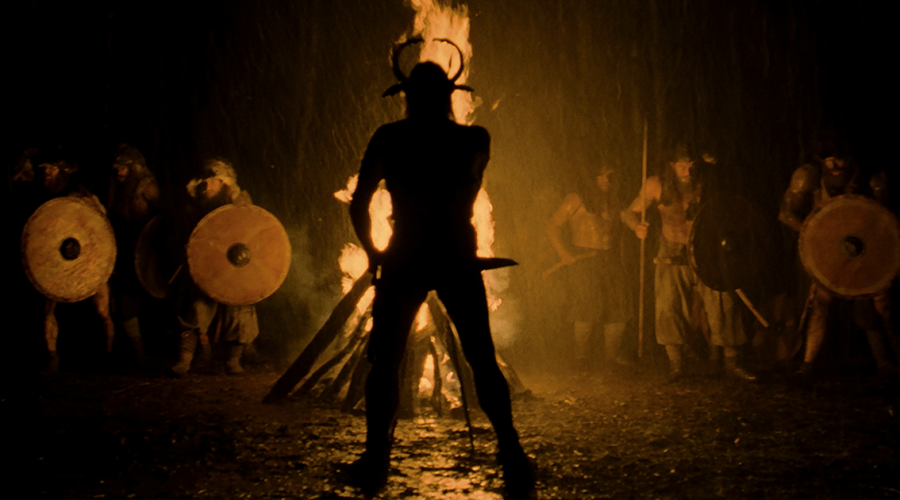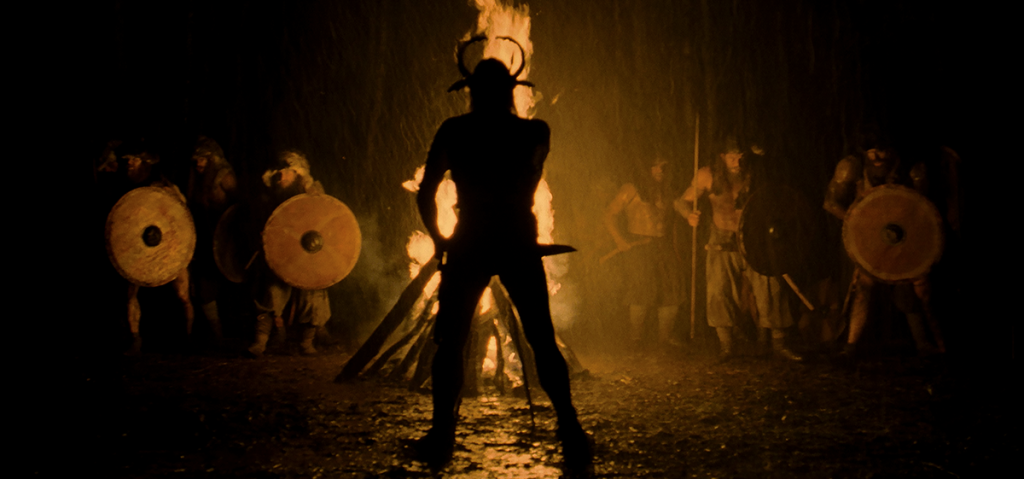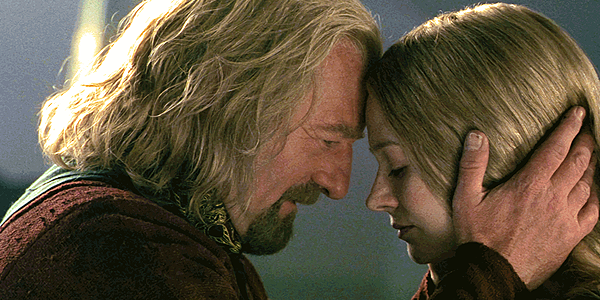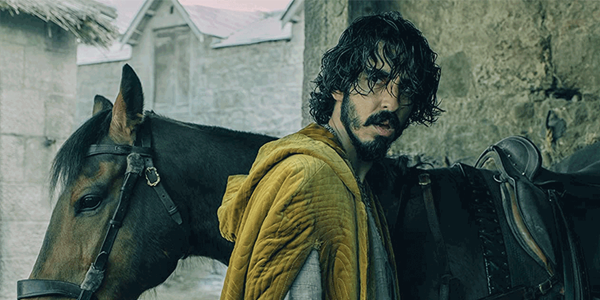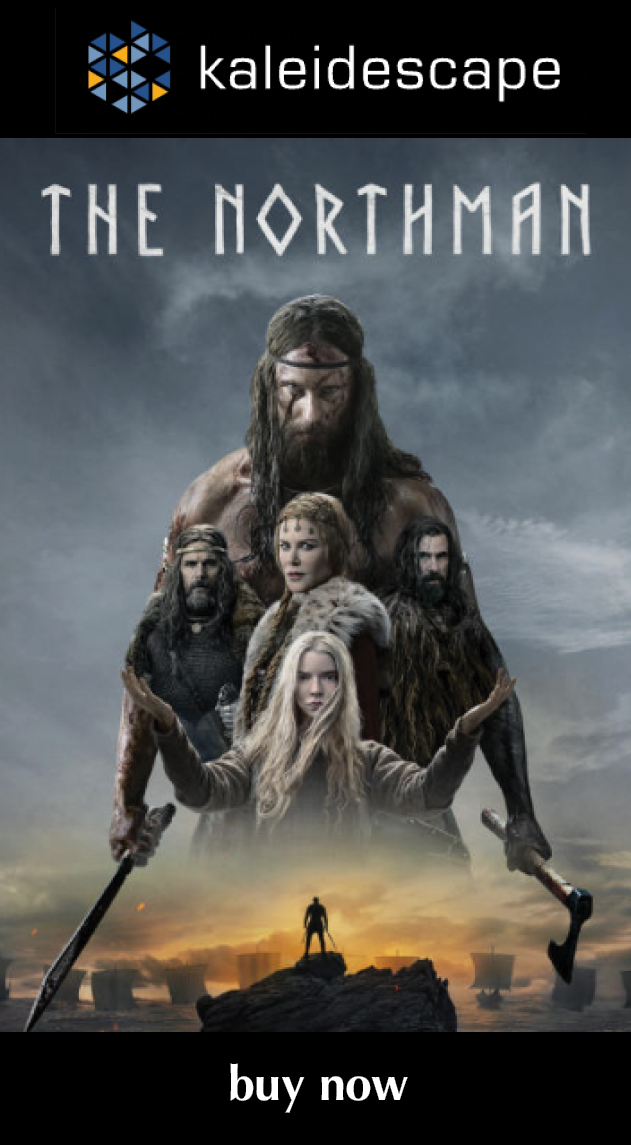Review: The Avengers / Avengers: Age of Ultron
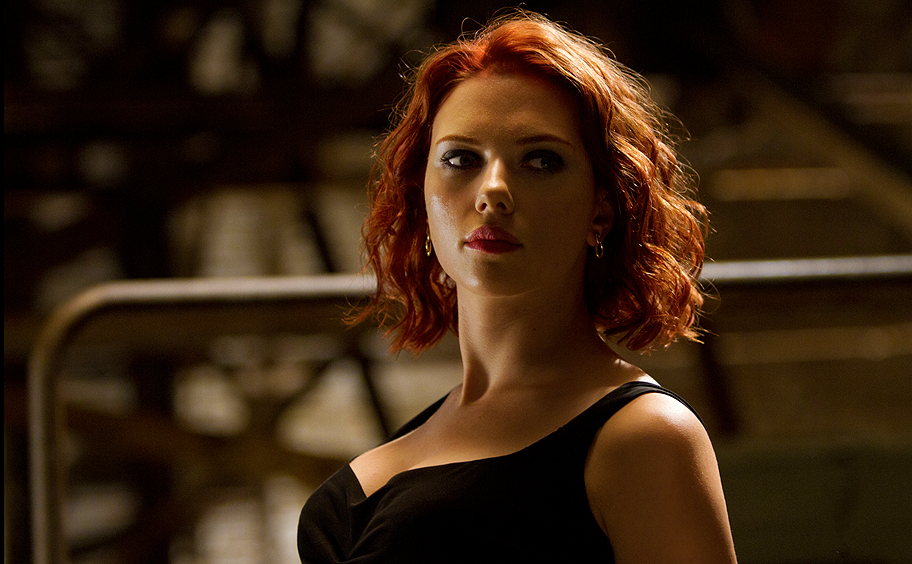
review | The Avengers / Avengers: Age of Ultron
the MCU on Cineluxe
related reviews
By bringing together most of the major players for the first time, the two initial Avengers films solidly took the MCU to the next level
by John Sciacca
May 2, 2019
Like millions of others, my family and I went to see Avengers: Endgame last week when it was released. Rest assured, this won’t reveal anything about that film, short of it further cementing my feelings that I would way rather watch movies in the comfort and seclusion of my own home, and that I’m an alpha candidate for day & date viewing. (Someone actually brought a toddler, who sat and watched an iPad during the entire movie! Fortunately, the Pad was out of my eyeline or I think I would have flipped out!)
After seeing Endgame, we decided we should really go back and watch some of the other 21 films that had led us to this, many of which we haven’t seen in years. Since my 12 year old had never seen the first Avengers or the followup, Age of Ultron, those seemed like two good choices to start our re-watch journey.
Fortuitously, both of these films have been recently re-released with new 4K HDR transfers with Dolby Atmos soundtracks, so that made another terrific reason to revisit. After downloading from the Kaleidescape store, we watched The Avengers on Monday and Ultron on Tuesday.
The Avengers is part of Phase One of the Marvel Cinematic Universe (MCU), which includes the six films released between 2008 and 2012, and comes after each of the principal characters—Iron Man, Hulk, Thor, Loki, and Captain America—have been introduced in their own films. (Clint Barton/Hawkeye [Jeremy Renner] had been introduced via a small cameo in Thor, and Natasha Romanoff/Black Widow [Scarlett Johansson] was introduced in Iron Man 2.)
After teasing us with the Tesseract in a post-credits scene in Thor, and then making it a major part of Cap’s focus in Captain America: The First Avenger, the Tesseract (which holds the Space Infinity Stone) has a starring role in Avengers. While the previous films had been hinting and playing at cross-pollinating the MCU’s heroes, here they bring all the heroes together, which makes for a far more entertaining experience. I was impressed with how Joss Whedon—who both wrote and directed—was able to build a story by slowly and organically bringing all the characters together and then giving them near-equal screen time, which allowed them to interact with each other and play to their strengths and personalities.
Avengers definitely lays the groundwork for the various relationships between the characters that continues to play out over the next films. We see the ties between Hawkeye and Black Widow, the roots of animosity between Tony Stark (Robert Downey, Jr.) and Steve Rogers (Chris Evans), which culminates in Captain America: Civil War (which should really have been titled Avengers 3), and the developing frenemy-ship between Thor (Chris Hemsworth) and Hulk (Mark Ruffalo), which plays out in Thor: Ragnarok. Also, the mid-credits scene reveals ultimate baddy, Thanos—though his skin here looks far more purple than blue.
The 4K HDR transfer looks fantastic, with tons of detail and with HDR used effectively throughout, bringing pop and detail to images. The terrific detail in the costume design is revealed, letting you see the weave in Cap’s suit, and all the scrapes and damage to Iron Man. During one scene between Romanoff and Barton, you see the wear and pores in Barton’s face starkly contrasted with the smooth foundation makeup that makes Romanoff’s skin glow. The added resolution really does a wonderful job revealing those micro-details and textures throughout.
HDR is apparent from the outset, illuminating the Tesseract in S.H.I.E.L.D.’s secure fortress as well as the multiple explosions. Tony Stark’s Arc Reactor, boot jets, and energy blasts also benefit nicely from the brightness boost, as does Loki’s glowing scepter and Thor’s lightning blasts. Color is rich and vivid, and wonderfully saturated. The film looks fantastic, and you’d be hard pressed to tell it is seven years old.
Sonically, The Avengers follows in Disney’s frustrating habit of recording at significantly lower levels and being inconsistent with the depth and impact of bass performance. Fortunately, the first issue is solved by just playing the film back at a higher level than you’d normally use. In my case, we went about 6 dB louder on my Marantz preamp than normal movie-watching levels. With this adjustment, Avengers delivers a pretty engaging Dolby Atmos mix, with a lot of surround- and height-channel information, specifically in the opening sequence with Loki stealing the Tesseract, the bit battle scene aboard the flying aircraft carrier, and the final battle scene in New York.
Other scenes benefit from added sonic spaciousness that really opens up both the scenes and your listening room. Bass performance is fairly uneven, providing nice thuds and low-end during some scenes, but is missing or non-existent in others. Overall, though, the Atmos mix does a good job of immersing you in the swirl of action happening onscreen, and dialogue is well recorded and easily understandable throughout.
Released in 2015, Avengers: Age of Ultron has Whedon reprising his role as writer and director, and is part of Phase Two of the MCU, which includes six films released between 2013 and 2015. Taking place approximately three years after Avengers, Ultron sees our heroes called on once again to band together to retrieve Loki’s staff Ultron (voiced by James Spader), intended to be a Stark global defense program to protects the earth, but which becomes a sentient being intent on wiping out humanity to save the earth. Ultron brings James Rhodes/War Machine (Don Cheadle) into the action and also introduces us to twins Pietro Maximoff/Quicksilver (Aaron Taylor-Johnson) and Wanda Maximoff/Scarlet Witch (Elizabeth Olsen), as well as Jarvis-brought-to-life, Vision (Paul Bettany), making for a fuller character ensemble than the first film.
Something about James Spader voicing Ultron just takes me out of this movie. Maybe it’s his smug attitude or maybe it’s from watching him as Robert California on the The Office or as Raymond Reddington on Blacklist. But for whatever reason, this voice casting didn’t work for me, and kept Ultron from being as intimidating as he could.
While some of Ultron feels a bit like “let’s build another Death Star” in that you have our band of heroes battling a huge horde of enemies—the Chitauri in Avengers, Ultron’s robot army here—relentlessly attacking a city—New York in Avengers, Sokovia here—it still offers a lot to enjoy. The developing comradery and interactions between our heroes offers some funny moments (the group trying to pick up Thor’s hammer for one) and continues the MCU storyline that eventually brings us to Endgame. The biggest contribution to the story is that the gem inside of Loki’s scepter is actually the Mind Stone, which ends up being implanted in Vision, and revealing just how powerful Scarlet Witch is. The mid-credits scene also shows us Thanos with the Infinity Gauntlet saying, “Fine, I’ll do it myself.” (Cue ominous music . . .)
Visually, Ultron is a treat, with tons of detail in every scene. As with Avengers, HDR is used effectively to enhance bright objects like lightning blasts, explosions, and the glowing blue trim on Black Widow’s suit. Perhaps one of the best examples of how HDR improves the image is when you see the visualization of Jarvis as an orange glowing sphere of light along with Ultron as a blue light sphere inside the Avenger Tower. This scene just glows off the screen in this version, and has far better color depth.
Sonically, the levels are once again low, requiring a liberal adjustment of your normal listening level. Other than that, the audio is really inconsistent and anemic in the low-bass frequencies. For example, the Hulkbuster versus Hulk scene has plenty of moments that should be pounding you in the chest and making your sub flex its muscles, but there is virtually nothing in the low end until the building destruction at the end of the scene.
Same with the conclusion. There is some really low-end info when Sokovia is lifting off the ground, but very little in the remainder of the battle. For a big action film, this is definitely disappointing. The rest of the Atmos mix is enjoyable, though I didn’t find it as aggressive as Avengers, and the lack of deep-bass engagement keeps this from being as demo-worthy as it could be.
For Marvel fans, these films connect the dots to get us to where Endgame finishes this cycle of the MCU, and now in a 4K HDR presentation, they look as good as you’ve ever seen.
Probably the most experienced writer on custom installation in the industry, John Sciacca is co-owner of Custom Theater & Audio in Murrells Inlet, South Carolina, & is known for his writing for such publications as Residential Systems and Sound & Vision. Follow him on Twitter at @SciaccaTweets and at johnsciacca.com.
THE AVENGERS
PICTURE | Images are super clean, tack-sharp, and highly detailed, and the HDR grade provides nice deep blacks and lifelike shadow detail, with black levels that are truly black and noise-free
SOUND | The big star here is the fantastically immersive Dolby TrueHD Atmos soundtrack, which features terrific audio tracking as sounds move around, off screen, or overhead
AVENGERS: AGE OF ULTRON
PICTURE | Ultron is a treat, with tons of detail in every scene. HDR is used effectively throughout to enhance bright objects like lightning blasts, explosions, and the glowing blue trim on Black Widow’s suit
SOUND | Levels are once again low, requiring a liberal adjustment of your normal listening level. Beyond that, the audio is really inconsistent and anemic in the low-bass frequencies.
© 2025 Cineluxe LLC
